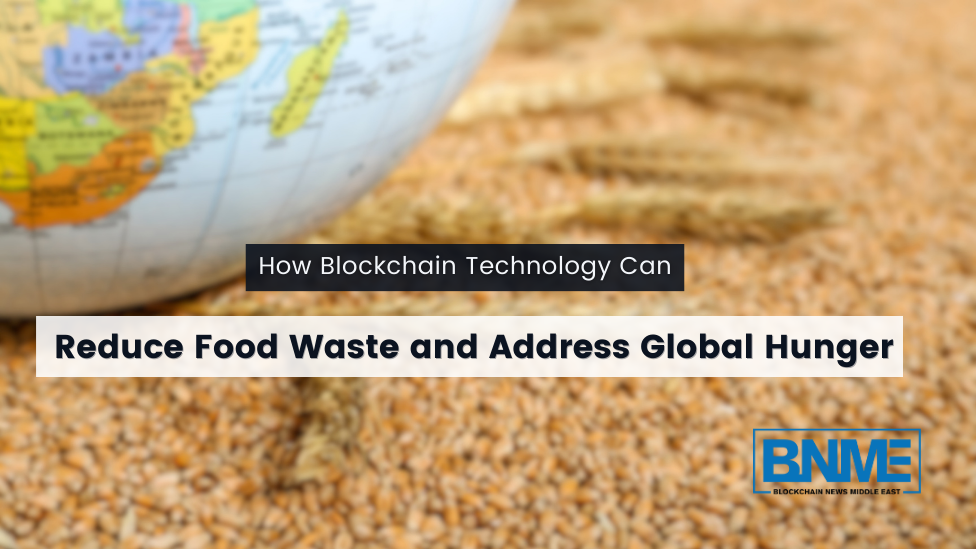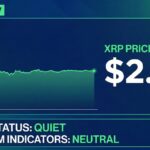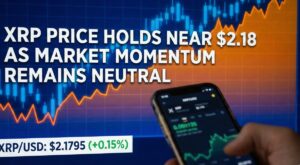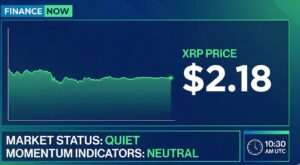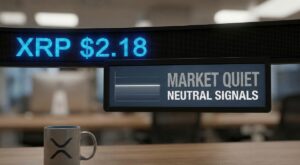Approximately one-third of the world’s food is wasted or lost, according to UN estimates, as a result of hygiene regulations not being followed, improper storage, and delays in transit. Just 70% of food in developed countries reaches consumers; the remaining 30% is frequently thrown out owing to retail policies and aesthetic preferences. The year-round desire for a variety of produce causes longer transit times and waste to rise, which is further compounded by the popularity of “superfoods.”
Food waste not only drains resources but also puts food security at risk, drives up food prices, and contradicts the Sustainable Development Goals (SDGs) set forth by the UN for sustainable patterns of consumption and production.
Food logistics must be done with smarter capacity management and more effective strategies to prevent losses and delays. A potential way to address these issues and restructure food supply systems is through the use of blockchain technology.
Establishing sustainable patterns of consumption and production is emphasized as one of the Sustainable Development Goals (SDGs) of the United Nations. This is crucial for ensuring the welfare of both the current and future generations.
Using smarter capacity management is essential to reaching this goal since it can significantly reduce food transportation losses and needless delays. Furthermore, there is a great deal of potential for improving the food industry’s logistical efficiency to support a sustainable global economy. Notably, extending food’s shelf life by just two or three days can significantly lower the amount of food wasted overall.
The Role of Blockchain in Food Logistics
Blockchain technology is being tested by numerous global companies to strengthen food supply networks. By 2025, blockchain technology could save the global logistics sector US$1 trillion in operational costs annually, according to a report by DHL and Accenture.
Blockchain offers an unprecedented level of transparency in food logistics, with critical data like temperature, production date, and ingredients—all of which can be used to extend shelf life and minimize food waste—and a decentralized database structure that records transactions or information flows entirely transparently.
For instance, the encrypted Food Trust Framework platform was introduced by the major Chinese e-commerce company Alibaba to trace food deliveries, and Walmart’s Eden app can assess the freshness of a product from farm to shelf.
This implies that nearly ripe fruit and vegetables that were intended for a 500-kilometer supermarket might be simply redirected to a nearby one, preventing any possible waste. Walmart anticipates that this approach will enable it to meet its two billion dollar waste reduction target over the next five years.
Blockchain is being used in the UAE by Farm To Plate, a supply chain solution, to track food movement in real-time and simplify regulatory compliance.
Blockchain promotes efficient food transportation through the supply chain by allowing important papers, such as manifests and landing invoices, to be kept on the ledger. Detecting problems early on also minimizes needless delays.
Takeaways
The incorporation of blockchain technology presents a revolutionary approach to augment robustness and guarantee food security in supply chains. Blockchain can solve the problem of a mismatch between supply and demand. While the fragmented nature of traditional supply chains makes supply and demand vulnerable to interruptions, using blockchain technology enables smooth automatic data transmission and enhanced monitoring procedures.

